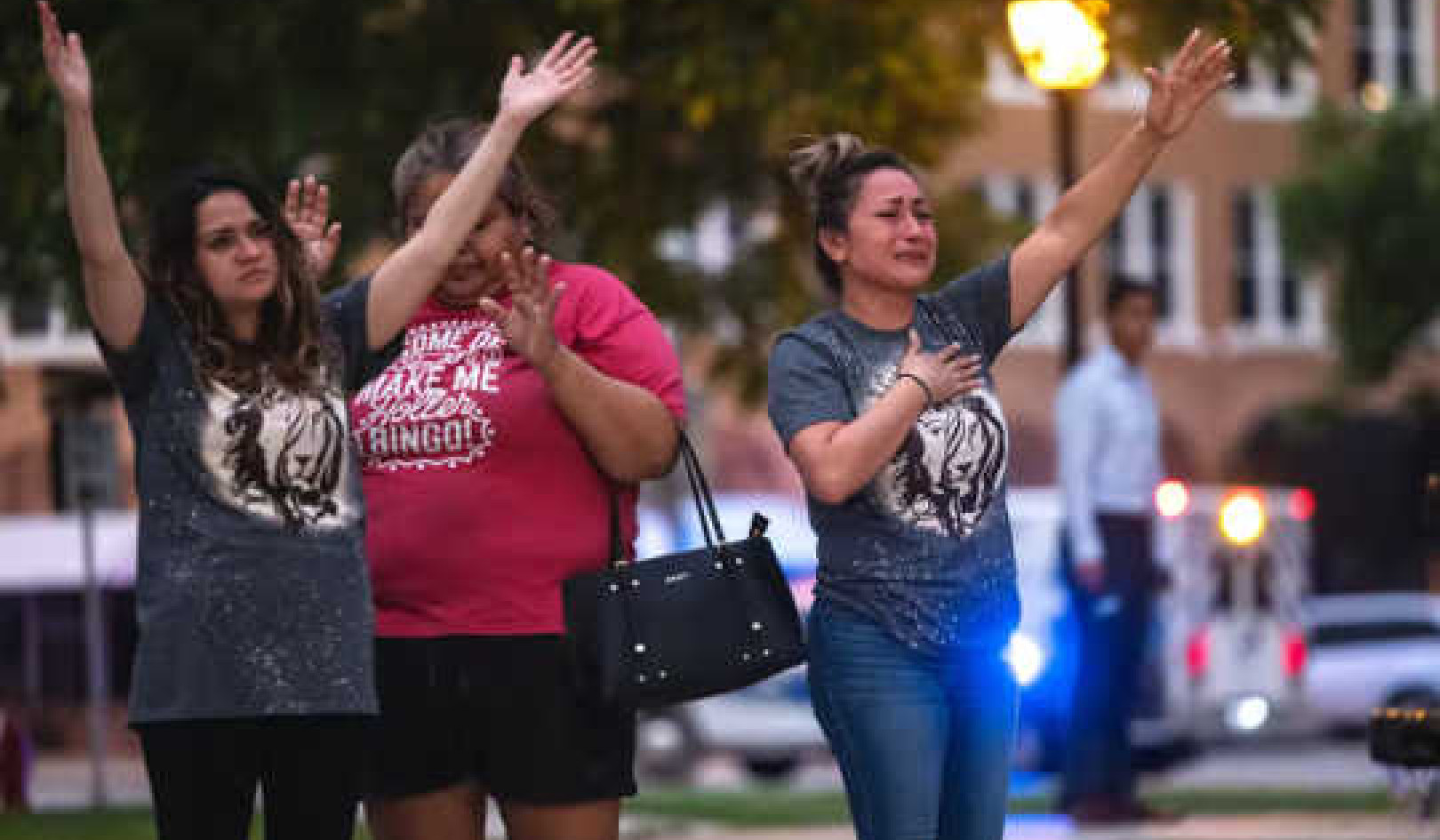
Doonagore Castle in County Clare: But Ireland may be more brown than green before long
Image: Christine Metthews via Wikimedia Commons
Ireland is famous for its literature and singing and dancing, its pubs and ready humour, its rugged scenery and green fields – and its rain. But climate change could lead to a different-looking Ireland in future.
Summer visitors to Ireland used to coping with frequent outpourings from the heavens might be in for a bit of a shock in future if the latest projections on the country’s climate by Met ?ireann, the Irish Meteorological Service, prove correct.
In a just-released report, Ireland’s climate: the road ahead, Met ?ireann says that as a result of climate change summers will become considerably drier, with up to a 20% decrease in precipitation. But winters will become wetter, with precipitation increases of up to 14%.
That could mean those famously green fields will lose their lushness in spring and summer months. This happened earlier this year as grasslands across much of Ireland turned brown through lack of rainfall.
As a result farmers were forced to go to the expense of importing fodder for their cattle and sheep and Ireland’s agricultural sector – a vital part of the country’s economy – suffered severe financial losses.
Meanwhile more rain in winter could lead to flooding – already a problem in many areas.
Accelerated Warming Is Likely
In its report Met ?ireann notes a generally warming trend in Ireland, with mean annual temperatures rising by approximately 0.8°C over the 1900 to 2012 period and a marked increase in the number of warm days – when temperatures exceed 20°C – and a decrease in the number of frost days per year.
This upward trend in temperatures is likely to accelerate in the years ahead, says Met ?ireann, with a rise of 1.5°C by mid-century compared with average temperatures over the 1981 to 2010 period. Warming is likely to be particularly marked in the north of the country.
The report says people will struggle to adapt to these changes in climate.
“…Projections indicate that temperatures in Ireland of over 30°C can be expected to arise more often in the future, and this poses a challenge. If these changes are gradual there is scope for the population to adapt.”
The report says milder winters will, on average, reduce cold-related deaths among the elderly and frail. But this may be offset by increases in the death rate as a result of heat stress in summer.
And those mild winters could be interrupted by sudden cold spells, says the report: studies have indicated that a lowering of Arctic summer sea ice cover influences climate in Ireland, resulting in more frequent winter outbreaks of continental cold air over the country.
Many Are Unconvinced
Not only people but wildlife will struggle to adapt to a more volatile future climate, says Met ?ireann.
“There is no doubt that a spring warming in recent years has had a significant impact on Irish wildlife by advancing the timing of key phenological phases of a wide range of organisms, including trees, birds and insects…it is certain Ireland’s insect communities are changing and climate change is a major factor”, says the report.
Recently Ireland has been participating, for the first time, in global modeling processes which formed part of the recent report by the Intergovernmental Panel on Climate Change (IPCC).
Gerald Fleming is Met ?ireann’s head of forecasting. Quoted in the Irish Times, he said: “The science is very strong and has been strong in every successive IPCC report, right up to this latest, fifth one.
“But there are many vested interests in society who say we should pay no attention to this. There is also the natural conservatism of people, who are saying: ‘I have grown up in this climate, I’ve seen all sorts of things happen, my grandfather has also seen things happen.’ ” – Climate News Network




























